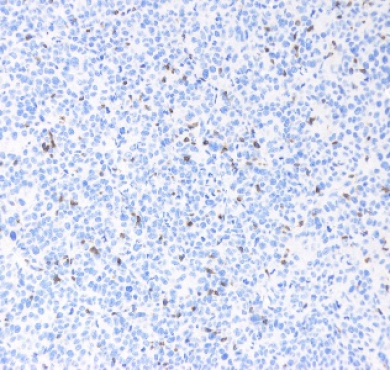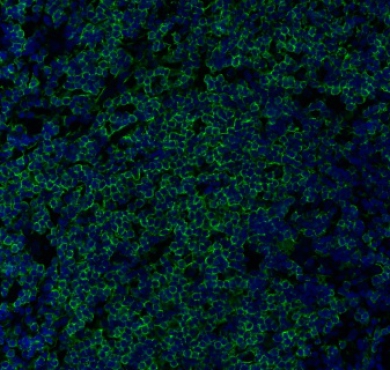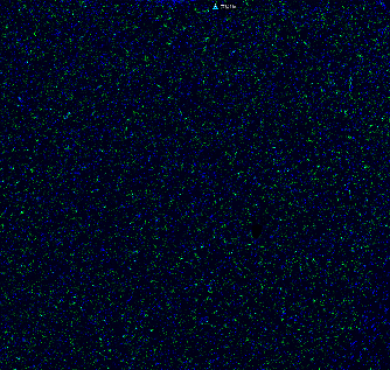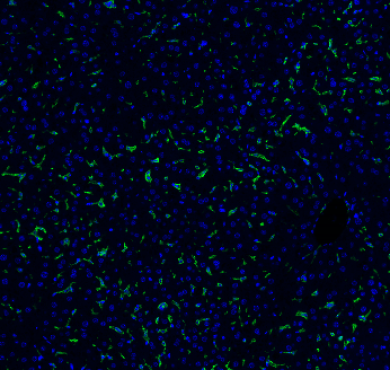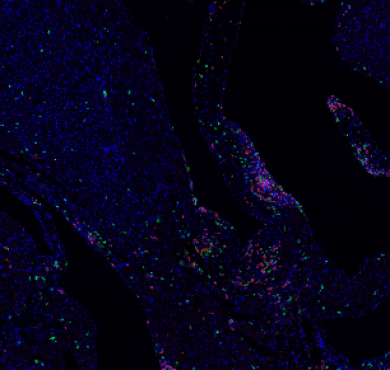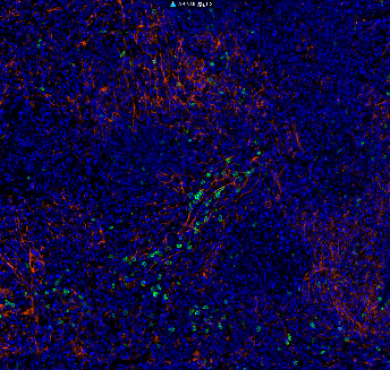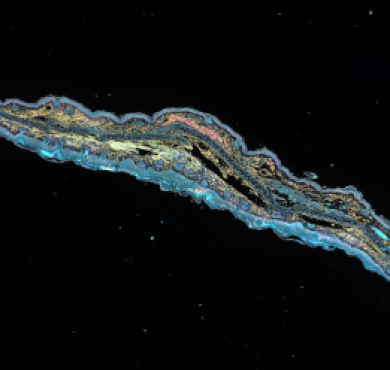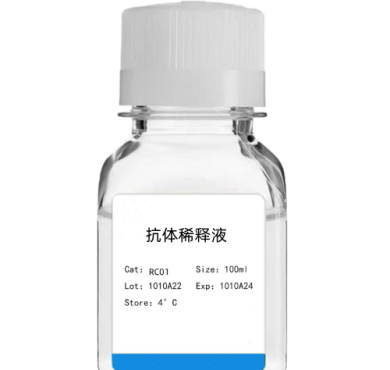Anti-TNF Antibody[STJ25882]
Product nameAnti-TNF AntibodyShort DescriptionRabbit polyclonal against TNFDescriptionThis gene encodes a multifunctional pro
| Product name | Anti-TNF Antibody |
|---|---|
| Short Description | Rabbit polyclonal against TNF |
| Description | This gene encodes a multifunctional proinflammatory cytokine that belongs to the tumor necrosis factor (TNF) superfamily. This cytokine is mainly secreted by macrophages. It can bind to, and thus functions through its receptors TNFRSF1A/TNFR1 and TNFRSF1B/TNFBR. This cytokine is involved in the regulation of a wide spectrum of biological processes including cell proliferation, differentiation, apoptosis, lipid metabolism, and coagulation. This cytokine has been implicated in a variety of diseases, including autoimmune diseases, insulin resistance, and cancer. Knockout studies in mice also suggested the neuroprotective function of this cytokine. |
| Applications | IF, IHC, WB |
| Dilution range | WB 1:1000 - 1:2000 IHC 1:50 - 1:100 IF 1:50 - 1:100 |
| Protein Name | Tumor necrosis factor Cachectin TNF-alpha Tumor necrosis factor ligand superfamily member 2 TNF-a |
| Immunogen | A synthetic peptide of human TNF |
| Storage Instruction | Store at -20C. Avoid freeze / thaw cycles. |
| Note | For Research Use Only (RUO). |
| Validated Application |
| Host | Rabbit |
|---|---|
| Clonality | Polyclonal |
| Reactivity | Human, Mouse, Rat |
| Conjugation | Unconjugated |
| Purification | Affinity purification |
| Isotype | IgG |
| Formulation | PBS with 0.02% sodium azide, 50% glycerol, pH7.3. |
| Gene ID | 7124 |
|---|---|
| Gene Symbol | TNF |
| Molecular Weight | 25.644 kDa |
| Database Links | HGNC:11892 OMIM:191160 Reactome:R-HSA-381340 |
| Alternative Names | Tumor necrosis factor Cachectin TNF-alpha Tumor necrosis factor ligand superfamily member 2 TNF-a |
| Function | Cytokine that binds to TNFRSF1A/TNFR1 and TNFRSF1B/TNFBR, It is mainly secreted by macrophages and can induce cell death of certain tumor cell lines, It is potent pyrogen causing fever by direct action or by stimulation of interleukin-1 secretion and is implicated in the induction of cachexia, Under certain conditions it can stimulate cell proliferation and induce cell differentiation, Impairs regulatory T-cells (Treg) function in individuals with rheumatoid arthritis via FOXP3 dephosphorylation, Upregulates the expression of protein phosphatase 1 (PP1), which dephosphorylates the key 'Ser-418' residue of FOXP3, thereby inactivating FOXP3 and rendering Treg cells functionally defective form induces IL12 production in dendritic cells, |
| Post-translational Modifications | The soluble form derives from the membrane form by proteolytic processing, The membrane-bound form is further proteolytically processed by SPPL2A or SPPL2B through regulated intramembrane proteolysis producing TNF intracellular domains (ICD1 and ICD2) released in the cytosol and TNF C-domain 1 and C-domain 2 secreted into the extracellular space, |
| Cellular Localization | Cell membrane |
| Swiss-Prot Key | P01375 |
 Anti-TNF Antibody[STJ25882](图4)](/uploads/ueditor/20200831/1-200S1152ZD30.png)
